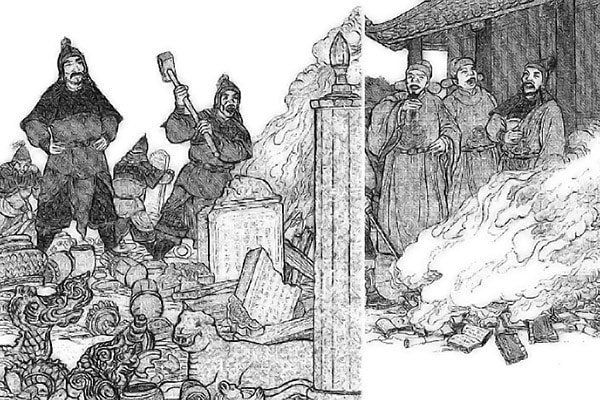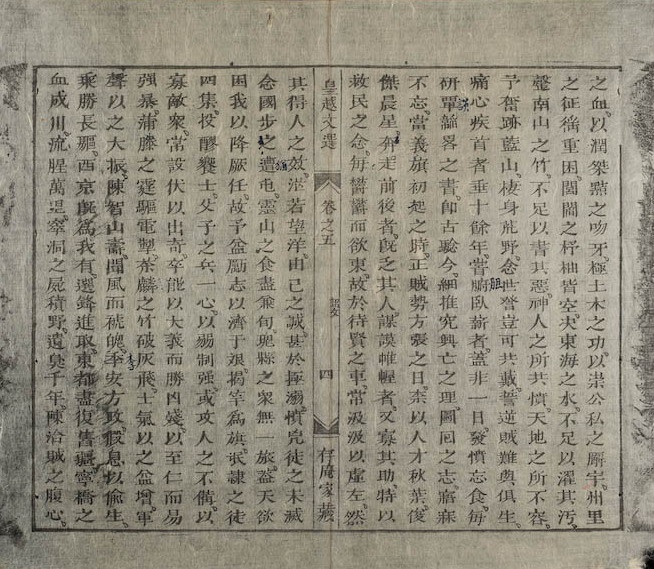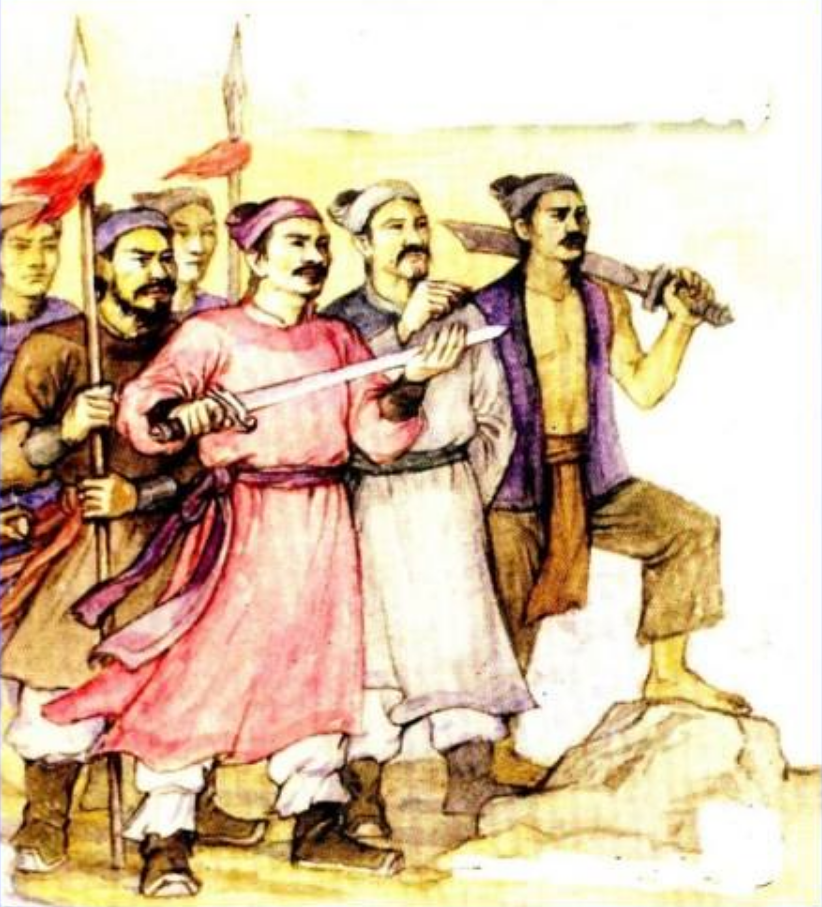Regarding how the Vietnamese think of the Ming Dynasty, Kien Duy Nguyen has provided an excellent summary. Also thanks to Ben Soo who sent me this question, with this short answer today, I would like to provide some historical viewpoints of the Vietnamese people in the XV century about the rule of Ming Dynasty in Vietnam (1407–1427).

The genocide or the total destruction of Vietnamese culture: The burning of Vietnamese books and stelae during the occupation of Ming Dynasty in Vietnam (1407–1427).
It should be better to quote from “Bình Ngô đại cáo” (“平吳大誥”), a masterpiece of Vietnamese literature in XV century. Written by Nguyễn Trãi (阮廌, 1380–1442) in 1428, after the final defeat and the withdrawal of all Ming troops from Vietnamese soil, the “Bình Ngô Đại Cáo” or the “Proclamation of Victory over the reign of Wu (i.e. Ming Dynasty)” briefly concluded the rule of Ming Dynasty in two meaningful verses:
“Độc ác thay, trúc Nam Sơn không ghi hết tội (罄南山之竹不足以書其惡)
Dơ bẩn thay, nước Đông Hải không rửa hết mùi (決東海之水不足以濯其污)”
Literally, these two meaningful verses from “Bình Ngô đại cáo” can be literally into English as follows:
“All the water of the Eastern Sea will not suffice to cleanse the mire;
All the bamboos of the Southern Mountain will not adequately register their crimes!”

The page with these two meaningful verses from Nguyễn Trãi’s masterpiece (reprinted in 1825).
In my opinion, these two sentences should be a great summary of what the Vietnamese think about the Ming Dynasty.
Moreover, I would say thank you to our Vietnamese ancestors such as Lê Lợi, Nguyễn Trãi, Trần Nguyên Hãn and other Vietnamese heroes a thousand times, for their bravery and fortitude during the war against the Ming Dynasty in order to regain the independence of Vietnam as well as to protect the Vietnamese culture against the Chinese assimilation policies (The famous “Lam Sơn Uprising” in 1416–1427).

Lê Lợi, Nguyễn Trãi and his comrades during Lam Sơn Uprising (1416–1427).
Vietnamese are very forgiving. However, regarding what the Ming Dynasty did in the past, from generations to generations, Vietnamese people will never forget!
Cheers,
Andrew

